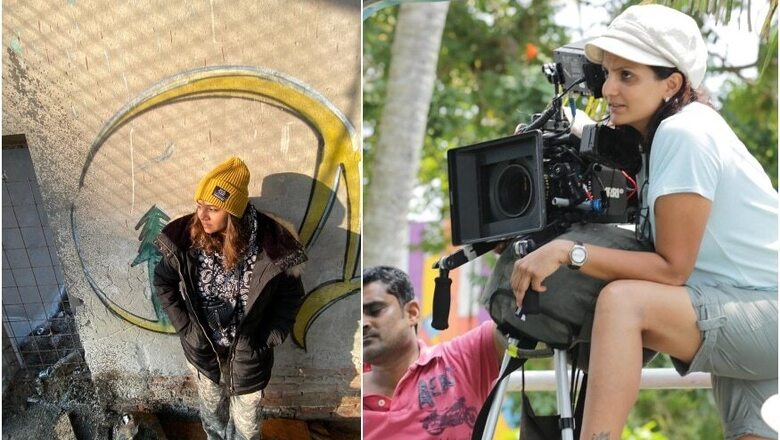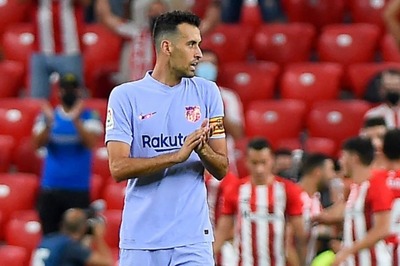
views
Patriarchy thrives in the pit bottom of Bollywood, as it does in the conference rooms of big studios. For instance, If you go looking for a female 'spot boy' in a film set, you will never find one (and no, there is no such thing as a spot girl). Nor will you ever encounter a female light technician. Skilled labourers, who build big sets from scratch are mostly men doing these jobs for generations (yes, nepotism is also easily found here). However, despite this blatant gender bias, all isn't dark behind the cameras.
In the last decade, a large number of women have taken up technical jobs in Bollywood as editors, production designers, set designers, art directors, cinematographers, and DoPs. Despite challenges like sexism, harassment, and even poor working conditions, these women have not only managed to change the workspaces in Bollywood but also done some exceptionally good work.
" I have seen a fair representation of women in places I have worked, so much so, that it is something I haven't even noticed, which is a great thing..." said the editor of Article 15, and Thappad, Yasha Ramchandani. "As far as editing is concerned I can surely say that the balance is not tilted towards men. But, I believe things were very different in the past decade. Apart from employing women crew, what has been really shape-shifting in Bollywood, in recent years is that we are also telling a lot of women stories." she added.
"This year, it was very heartening to see so many women editors being nominated for awards. The best part about it was that people noticed it, and pointed it out on social media," said Ramchandani.
"Offices, where the post-production works such as editing happens, are mostly safe and inclusive spaces for women," said Shruti Bora, Associate Editor of Kahaani 2, and Beyond The Clouds, and editor of web series Little Things and Masaba Masaba. Bora said that it isn't as much the people that are the problem. In her last few films, she has, in fact, ended up working with a crew that's mostly women."However, sometimes, we have to work out of small spaces, because of budget issues, there it gets a little difficult. Basic hygiene issues often happen. Sometimes the washrooms are not clean, or they are common washrooms. We have to be in the studio for hours at stretch, so if basic sanitary hygiene is not available, it gets a bit uncomfortable." she said. However, Bora pointed out that the hygiene issue is not exclusive to women technicians, men too have to suffer through unclean facilities.
As far as representation is concerned, things are looking up in the art direction and production design department for women as well. Manini Mishra, the art director of films like Highway and Tamasha, and Production Designer of Baaghi 3, Guilty, and Luka Chuppi said, "When I started out in 2011, sometimes, I used to be the only girl or one of the few girls in the whole crew. But, nine years down the line, there are so many females that it sometimes becomes difficult to find men for a film."
Kazvin Dangor, Production Designer for Trapped and Sacred Games 2 and set decorator for films like Lootera, Kai Po Che, and Bombay Velvet said, "Traditionally, art direction in films was a man’s domain. And women had more specific roles in set dressing or costume design. But once the market opened up and international influences came into play, more specialised designations/ duties came about and production design became an organised role. It wasn’t only about building and construction, but the emphasis was on visualising the overall look and feel of the film. That’s where more opportunities for women opened up, thanks to their understanding of design and aesthetics."
"Today, there are quite a few brilliant female production designers in the industry like Sharmishta Roy, Suzanne Caplan Merwanji and Sonal Sawant, who have led the way and trained the lot of us." Dangor added.
While women jobs are booming in some areas of filmmaking, the picture isn't all rosy. "We have the Indian women cinematographers' collective that a few of us started on women's day, three years ago. The idea behind that was to find out how many women are practising cinematographers, and camera assistants in the country and we still haven't hit more than 120. It is absolutely minuscule." lamented Priya Seth, the cinematographer of Airlift, Chef and Bara Aana.
"The opportunities for women in cinematography hasn't changed much. You still do not see many mainstream films shot by women. They are still getting small budget or niche films. The discrimination happens before you have entered a room for discussion. If you are in a room with the director and a crew, then they already want you there. So, discrimination happens at a very initial level, and you don't get access to a lot of jobs." added Seth.
On the other hand, just because more women are working in film crews does not mean sexism has evaporated."Nobody ever really puts these things in words, but you can always sense them," said Manini Mishra.
Although Mishra never faced sexism in her interactions with her seniors, she could see that the labourers and workers under her weren't willing to accept her authority because she is a woman. "If a man was leading them, they would quickly follow instructions. But, when it came to me, I had to jump through a lot of hoops to get something done. I had to prove myself over and over again for my workers to start believing in me."
However, in a couple of years, Mishra noticed a change in their behaviour. "They started calling me 'sir' because for them, the word 'sir' is an expression that says that they will follow you, that they accept your authority. Honestly, I finally felt accepted after they started doing that." she added.
Kazvin Dangor, too, faced similar insubordination from the workers under her. However, that wasn't the worst thing. "Security remains a concern for female crew members in India. We have all faced issues with unruly crowds and uncomfortable situations while shooting in remote or rural areas at some point or the other," she added.
Sometimes, the locals also harass women film crew members. "When I was assisting in 2011, I was prepping for a film in a village in Gujarat, where the local women would come and ask me why I was working away from home since I looked like a “respectable” girl."
A couple of years ago, the Metoo movement shook Bollywood as many well-known celebrities were named and shamed by women. It was a pivotal moment for Bollywood, but the industry didn't participate. The movement eventually failed to gather momentum in the industry and died down.
"I think there are only two things to look at as far as MeToo movement in Bollywood is concerned. Were there any repercussions for all the people who got called out? No, not at all. I think everyone just went back to their lives. People were just holding out at that point, but things are back to usual now. The other aspect is that maybe in future they will not do things that blatantly, maybe they would know it is not their right to behave in a certain way and that shift in itself is worth it." added Seth.
Follow @News18Movies for more




















Comments
0 comment